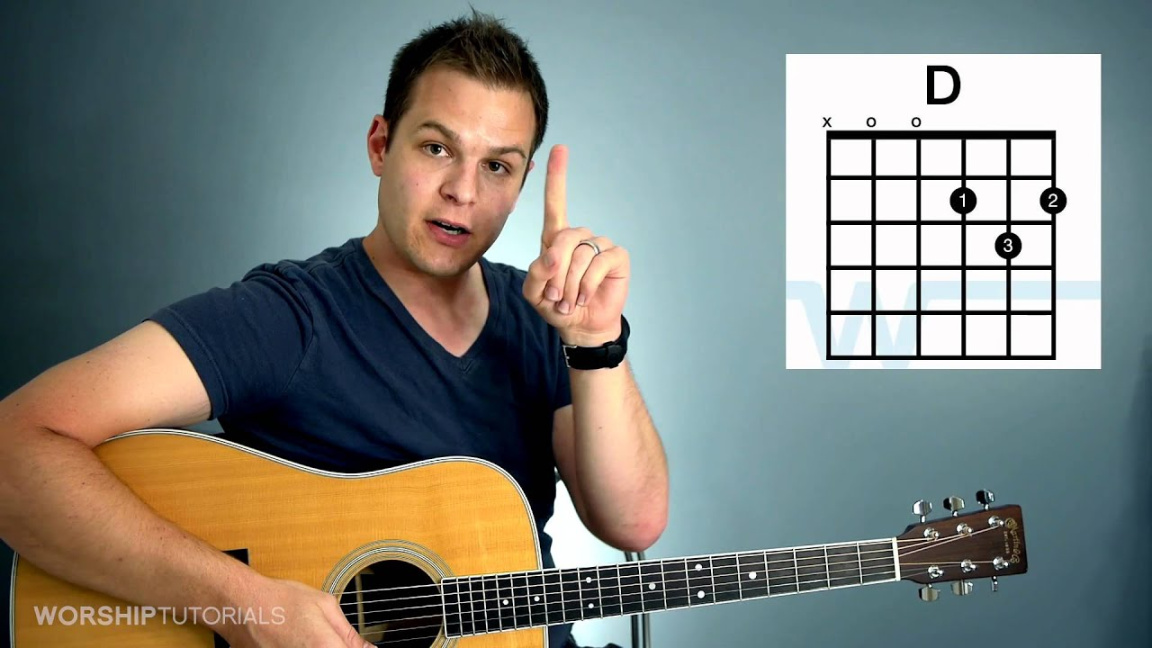—
Title: Strum Your Way to Glory: A Casual Guide to Playing Guitar
So, you want to learn guitar? Awesome! It’s a journey that’s equal parts frustrating and incredibly rewarding. Forget the rockstar fantasies for a minute, and let’s break down the basics in a way that won’t make your head spin. We’re talking real-world, casual guitar playing, perfect for jamming with friends or just chilling in your room.
Getting Your Gear Together
First things first, you need a guitar. There are acoustic and electric, and both have their pros and cons. If you’re just starting out, an acoustic is generally cheaper and simpler. You don’t need amps or cables, just the guitar itself. But if you’re dreaming of those electric riffs, go for it! Just remember, you’ll need an amp, a cable, and maybe some pedals down the line.

Next, you’ll need a tuner. Trust me, you can’t rely on your ear at first. A clip-on tuner is super handy and affordable. It clips onto your guitar’s headstock and tells you if your strings are in tune. You’ll also need picks. Thin, medium, or thick – it’s all personal preference. Grab a few of each and see what feels best.
Understanding the Guitar Basics
Okay, let’s talk about the guitar itself. You’ve got the neck, the body, the headstock, and the strings. The neck has frets – those metal bars that divide the fingerboard. The body is where the sound comes from, and the headstock is where the tuning pegs are. The strings are numbered from thinnest to thickest: 1st (E), 2nd (B), 3rd (G), 4th (D), 5th (A), and 6th (E).
Learning these parts is vital. It’s like knowing the names of your tools before you build something. You wouldn’t try to fix a car without knowing what a wrench is, right? Same goes for the guitar.
Learning Your First Chords
Now for the fun part: chords! Chords are groups of notes played together, and they’re the foundation of most songs. Let’s start with some easy ones:
The E Major Chord
This one’s a classic. Put your first finger on the first fret of the third string, your second finger on the second fret of the fifth string, and your third finger on the second fret of the fourth string. Strum all six strings, and boom, you’re playing an E major!
The A Major Chord
Another easy one. Put your second finger on the second fret of the fourth string, your third finger on the second fret of the third string, and your first finger on the second fret of the second string. Strum from the fifth string down.
The D Major Chord
For this one, put your first finger on the second fret of the third string, your second finger on the second fret of the first string, and your third finger on the third fret of the second string. Strum from the fourth string down.
The G Major Chord
This one’s a bit trickier, but you’ll get it. Put your second finger on the third fret of the sixth string, your third finger on the third fret of the second string, and your first finger on the second fret of the fifth string. Strum all six strings.
The C Major Chord
Last but not least, put your second finger on the third fret of the fifth string, your third finger on the third fret of the fourth string, and your first finger on the first fret of the second string. Strum from the fifth string down.
Strumming Patterns and Rhythm
Once you’ve got those chords down, it’s time to learn some strumming patterns. Rhythm is everything in music. Start with simple down-strokes, then try adding some up-strokes. A basic pattern like “down, down-up, up-down” is a great place to start.
Don’t worry about being perfect at first. Just keep practicing, and you’ll develop your own sense of rhythm. Use a metronome! It will keep you in time and help you develop a sense of rhythm.
Learning Simple Songs
Now, put those chords and strumming patterns to use by learning some simple songs. “Three Little Birds” by Bob Marley, “Knockin’ on Heaven’s Door” by Bob Dylan, and “Let It Be” by The Beatles are all great for beginners. There are countless free resources online that can provide you with chord charts and tutorials.
Practice, Practice, Practice
There’s no magic bullet for learning guitar. You need to put in the time. Start with short practice sessions, maybe 15-20 minutes a day, and gradually increase the duration as you get more comfortable. Consistency is key. Even just 10 minutes a day is better than a two-hour session once a week.
Don’t get discouraged if you don’t sound like Jimi Hendrix right away. It takes time and effort. Celebrate your small victories, like learning a new chord or mastering a song.
Online Resources and Communities
The internet is your friend! YouTube is packed with guitar tutorials, and there are countless websites and forums dedicated to guitar playing. Join online communities, ask questions, and share your progress. You can find tabs and chord charts for just about any song you want to learn.
Ear Training and Music Theory
As you progress, consider learning some basic music theory. It’ll help you understand how chords and scales work together. Ear training is also important. Try to identify chords and melodies by ear. It will make you a much better player in the long run.
Conclusion
Learning guitar is a journey, not a destination. It’s about enjoying the process, celebrating your progress, and having fun along the way. Don’t be afraid to make mistakes – they’re part of the learning process. Keep practicing, stay patient, and you’ll be playing your favorite songs in no time. Remember, the goal isn’t to become a virtuoso overnight, but to enjoy the music and the experience. So pick up your guitar, start strumming, and let the music take you wherever it leads.

